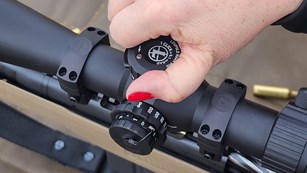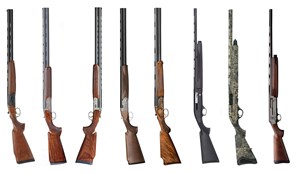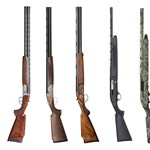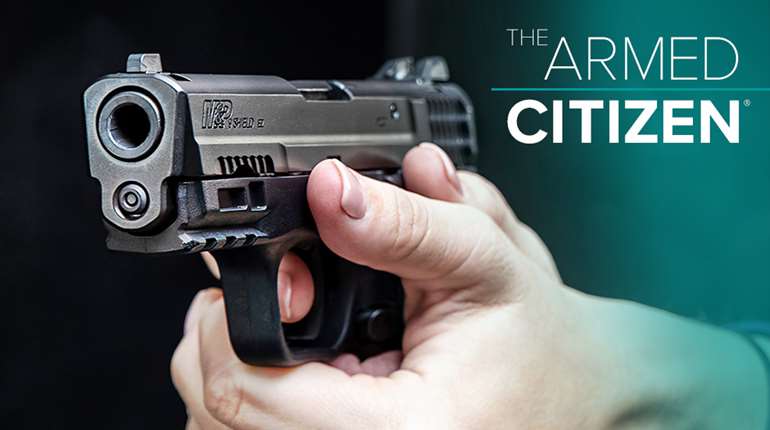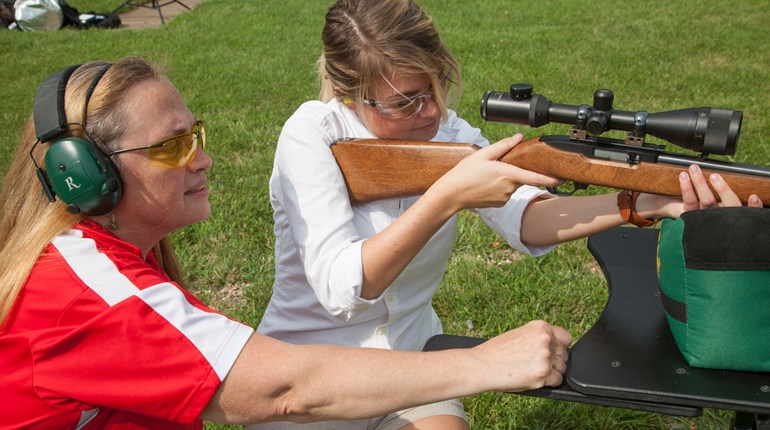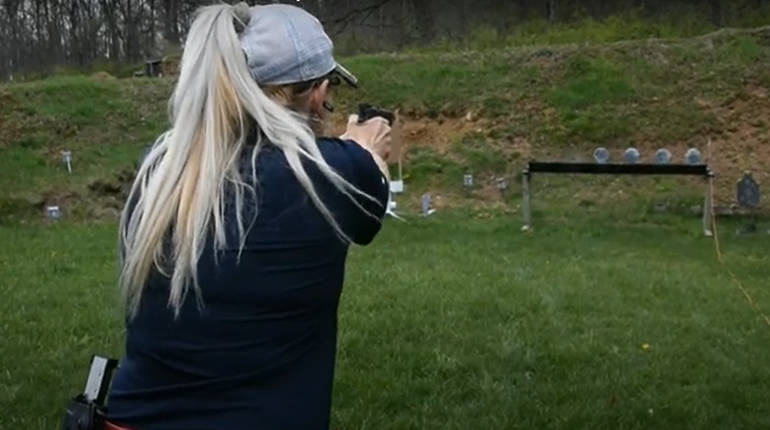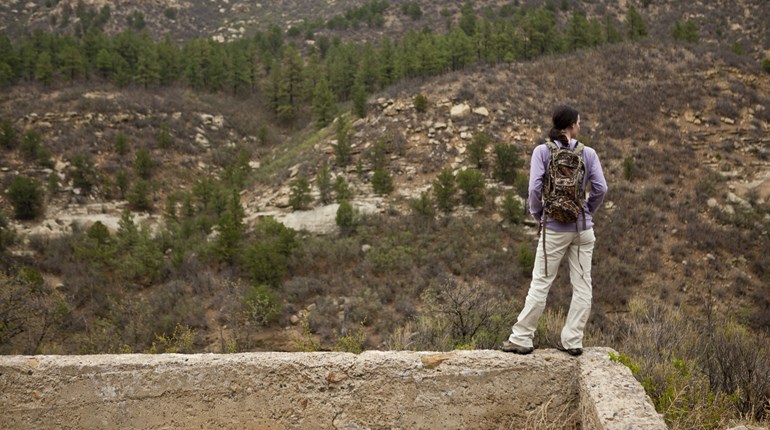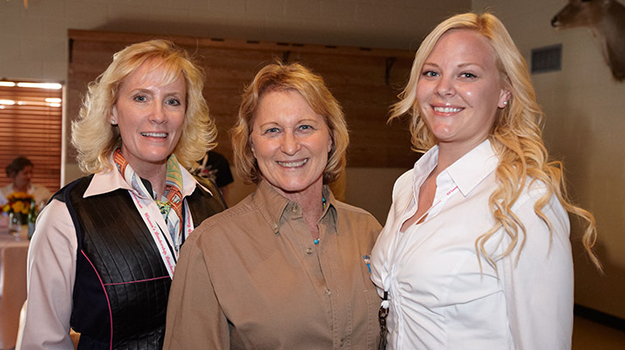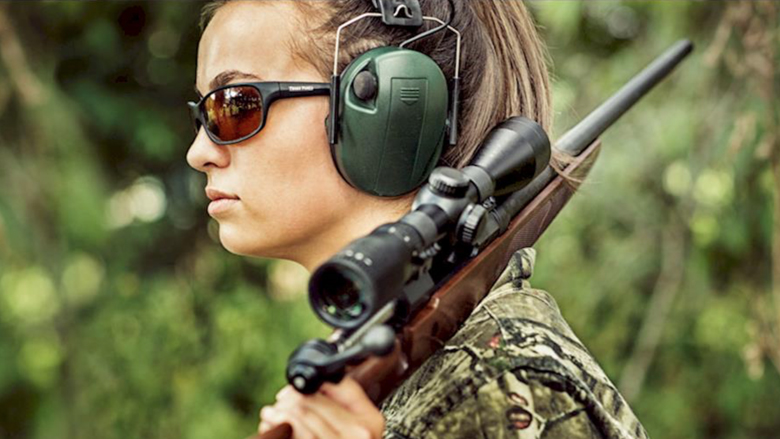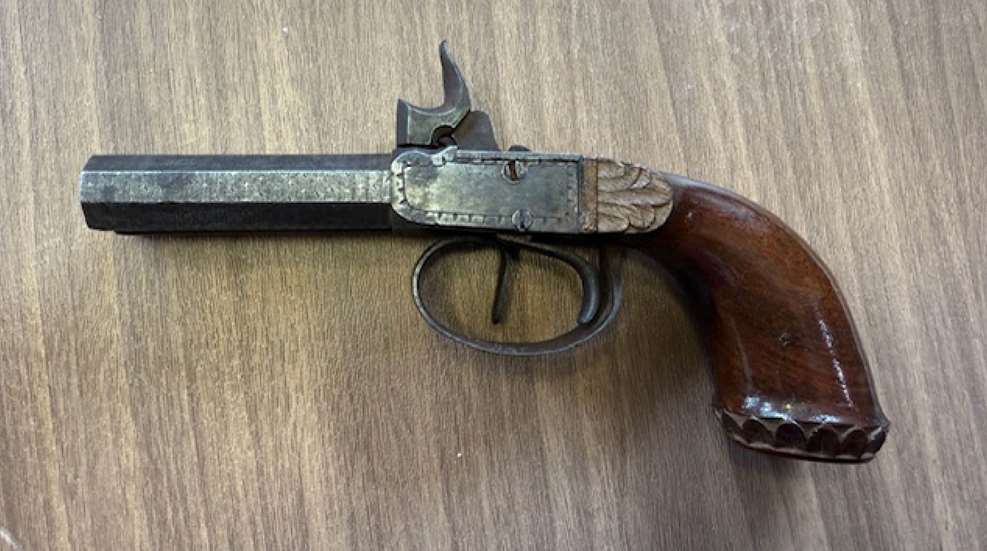
Damascus steel is some of the most beautiful metal in the world. It has been used in the making of knives, swords, rifles, shotguns and pistol barrels. Items made of Damascus steel are often considered works of art. The intricate patterns, whirls, wavy lines, and light and dark areas make whatever is made from this ancient metal very pleasing to the eye.
Damascus steel has been around for more than two thousand years, and also goes by the names of Pattern Weld, Damascene and Damast. The process that produced Damascus steel originated around 800 to 1000 B.C. in South India using wootz steel. Although it originated in India, it gets its name from the Syrian city of Damascus because in ancient times Damascus was known throughout the Middle East as the destination for the best swords.
Damascus was first used in firearms in the 1600s by Hungarian gunmaker Caspar Hartman. By the late 1700s, this process was the standard in Europe. Pattern welded Damascus steel was still being used in the manufacturing of firearms until the 1930s. Damascus steel became synonymous with the making of firearms for about 400 years.
But what is exactly Damascus steel?

Forging Process
Damascus steel is produced by a forging technique called the "wootz" process, in which steel ingots of different metals are formed into billets. Billets are bars or blocks of metal that are formed into finished steel products. The billets are then placed in a crucible and heated to 1,500 to 2,000 degrees Fahrenheit. The billets are then hammered into a crude shape. In the case of a barrel, it is beat around a round form, like a pipe.
The billet is then folded onto itself and reheated. This process is repeated until it is in the desired shape and thickness. The folds of different metals produce the distinct wavy patterns for which Damascus steel is known.
The large blade or barrel is then quenched in water or quenching oil to quickly cool down the metal, which is then reheated and re-cooled two to three times. Quenching heated metal strengthens it and makes it rigid while at the same time allowing it to maintain its flexibility.
Next, the blade or barrel is tempered by placing it in an oven and heating it to 350 to 450 degrees Fahrenheit for an hour. It is then removed from the oven and allowed to cool to room temperature. This process is repeated two to four times. This strengthens the metal and removes the brittleness. This process also decreases the chance of breakage when under pressure.
The barrel or blade is then polished to remove imperfections. The next step is to etch the steel with ferric acid for about 10 to 15 minutes. This brings out the wavy pattern. The last step is to cover the barrel or blade in baking soda for five minutes to neutralize the acid. The last two steps is repeated to create deeper colors of the Damascus patterns in the metal.

Utilization
Up until the early 1900s, almost all shotgun barrels were made from Damascus steel. Damascus steel was also used in producing rifles and handgun frames and barrels. The barrel is shaped into a tube using steel ribbons and wrapping them around a mandrel or shaping tool. This is called laminating.
Damascus steel could handle the pressures generated by black powder. With the development of smokeless powder, the era of Damascus steel was coming to an end, but the beautiful patterns were still in demand. To respond, Belgian and British high-end gunmakers began strengthening their metal. These metals could withstand higher pressures than black powder, but not by much. As such, this European Damascus steel was proofed marked to be used with light “field” loads.
Modern uses of “Damascus” steel, sometimes referred to as "Stainless Damascus," is more about designs and patterns than actual Damascus steel.

Works of Art
Owning a firearm made of Damascus steel is like owning a work of art. Like art, a Damascus steel firearm is at home hung on the wall to be displayed and enjoyed. These firearms have a unique following, like other firearms or other collectables. If you own a piece of this firearm history, you should get it appraised, since some Damascus firearms are very valuable.
Many of the famous gun manufacturers of the world started out in as early as the 1600s creating Damascus steel firearms, including J.P. Sauer and Sohns, Krieghoff, and G.L. Rasch. Some are still in business today!
